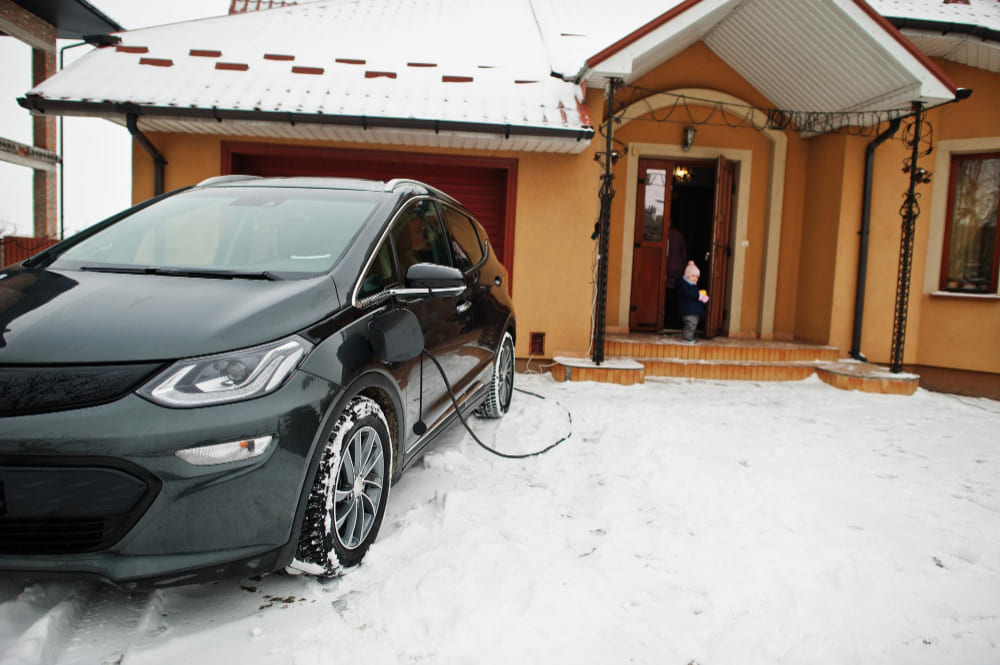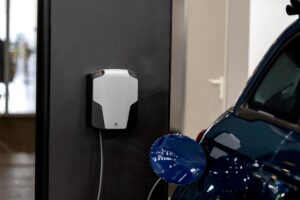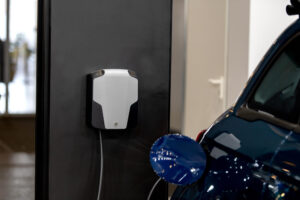It’s winter season! And with it comes the inevitable snow and ice. For electric car owners, this can be a cause for concern as they navigate through winter driving conditions. While electric cars have come a long way in terms of range and performance, there are still unique challenges that come with driving electric cars in snow.
In this post, we’ll explore what you need to know to stay safe on the road this winter in your electric vehicle. From tyre selection to charging strategies, we’ve got you covered. Let’s get started!
Do Electric Cars Work in the Snow?
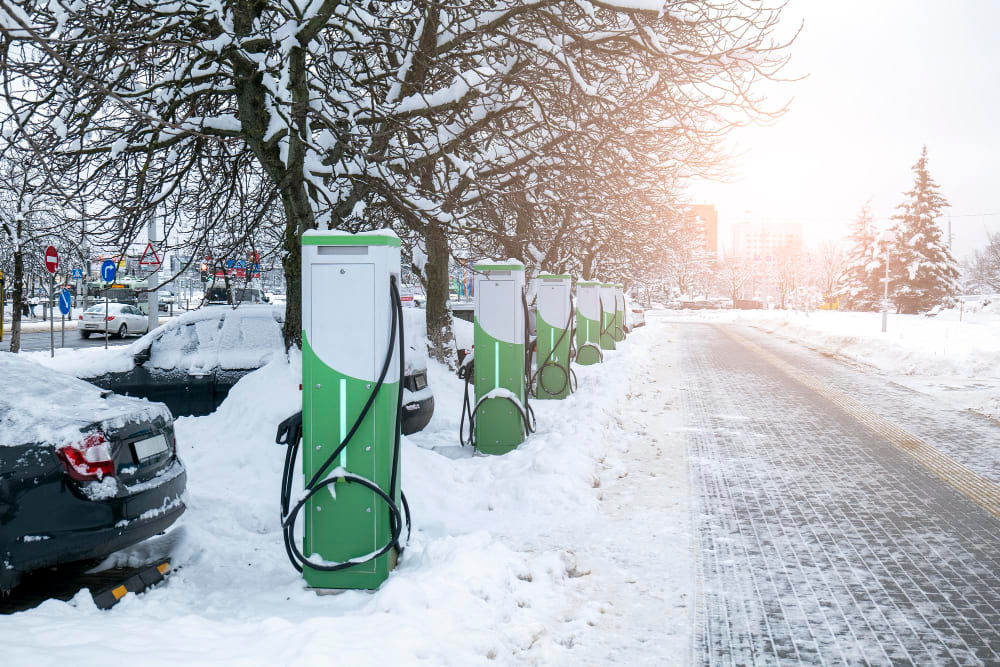
Fortunately, electric cars generally work well in snowy conditions. In fact, some electric vehicles have features that make them particularly suited for winter driving.
For example, all-wheel drive (AWD) electric cars use separate electric motors for each axle and sometimes for each wheel. This allows state-of-the-art traction control systems to make driving easier and safer in snowy conditions.
Additionally, the lower centre of gravity provided by the floor-mounted battery pack can actually improve handling on slippery roads.
However, it’s important to note that cold temperatures can affect the performance of electric car batteries, so it’s recommended to plan additional charging stops during long trips in winter weather.
Overall, with the right preparation and precautions, electric cars can be a great choice for winter driving.
Preparing Your EV for Winter Driving
From checking your tyre pressure to preheating your EV, we have compiled some tips to help you get the most out of your EV in cold weather. Check them out!
Ensure correct tyre pressure

First thing first, ensure your tyre pressure is correct. Cold temperatures cause the air inside tyres to contract, leading to lower tyre pressure and reduced traction on slick or icy roads.
This can be especially problematic for electric vehicles since they tend to be heavier than gas-powered vehicles due to their battery packs, which can further impact tyre pressure and traction.
By maintaining proper tyre pressure, electric vehicle drivers can help ensure their vehicles have the necessary traction to safely navigate winter roads.
Additionally, properly inflated tyres can improve range, as underinflated tyres can reduce efficiency and increase energy consumption.
Maintaining tyre pressure between 30 to 35 PSI for winter temperatures is generally recommended, but this may vary depending on the specific EV models and manufacturer’s recommendations.
Check the conditions of your tyres
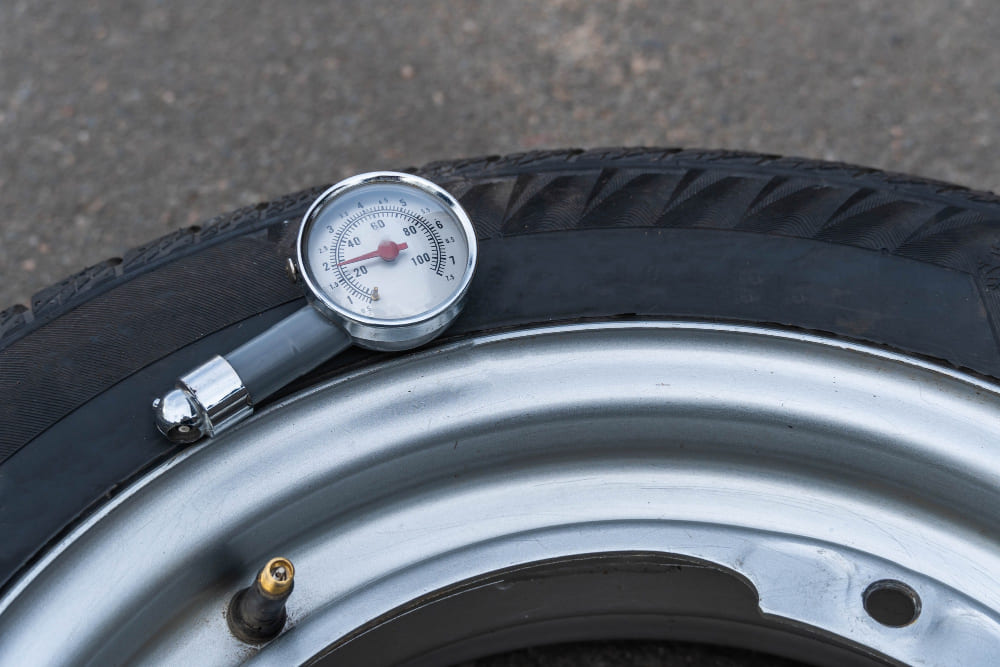
The next step is checking your tyres’ conditions. Tyres with worn-out treads or damage can greatly reduce traction on slippery roads, increasing the risk of accidents.
It’s recommended to inspect tyres for any signs of wear, cracks, bulges, or other damage and replace them if necessary.
Additionally, drivers should check their tyres’ tread depth using a tread depth gauge or by performing a simple penny test. Usually, when the tread depth is below 2/32 of an inch, it’s time to replace the tyre.
Having good quality winter tyres can also greatly improve traction on icy or snowy roads, providing better grip and handling in challenging conditions.
Winter tyres on an electric car
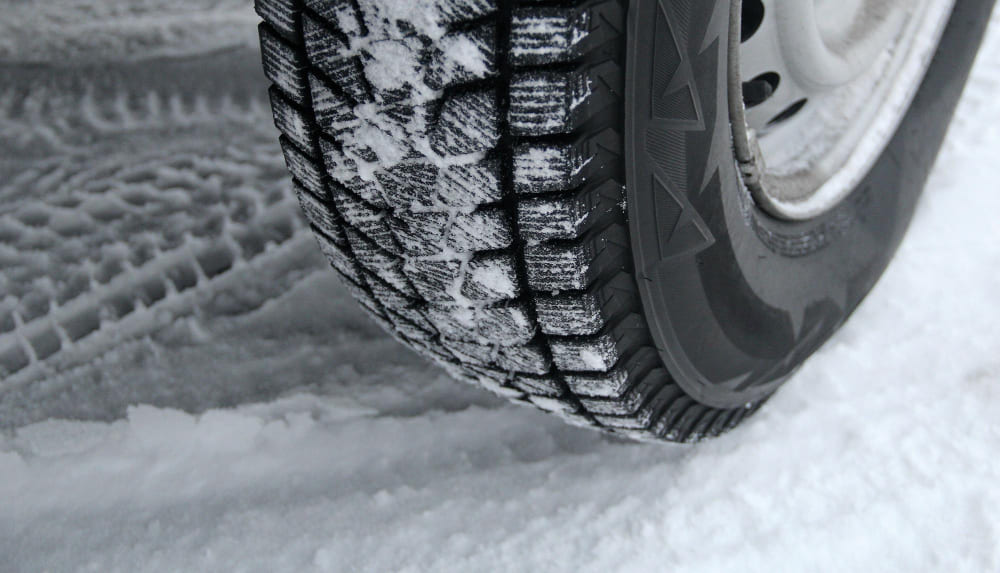
If you live in an area with harsh winters, switching to winter tyres is highly recommended. Such tyres are specifically designed for cold weather conditions, with flexible compounds in low temperatures and specialized tread patterns that improve traction on snow, ice, and wet roads.
For EVs, which tend to be heavier than gas-powered vehicles due to their battery packs, winter tyres can be especially important for maintaining traction and stability on slippery roads.
Without proper traction, electric vehicles can experience reduced range, slower acceleration, longer braking distances, and an overall decrease in handling performance.
Moreover, winter tyres reduce the risk of accidents, as they help drivers maintain better control of their vehicles, especially in challenging winter conditions.
Preheat your EV when possible
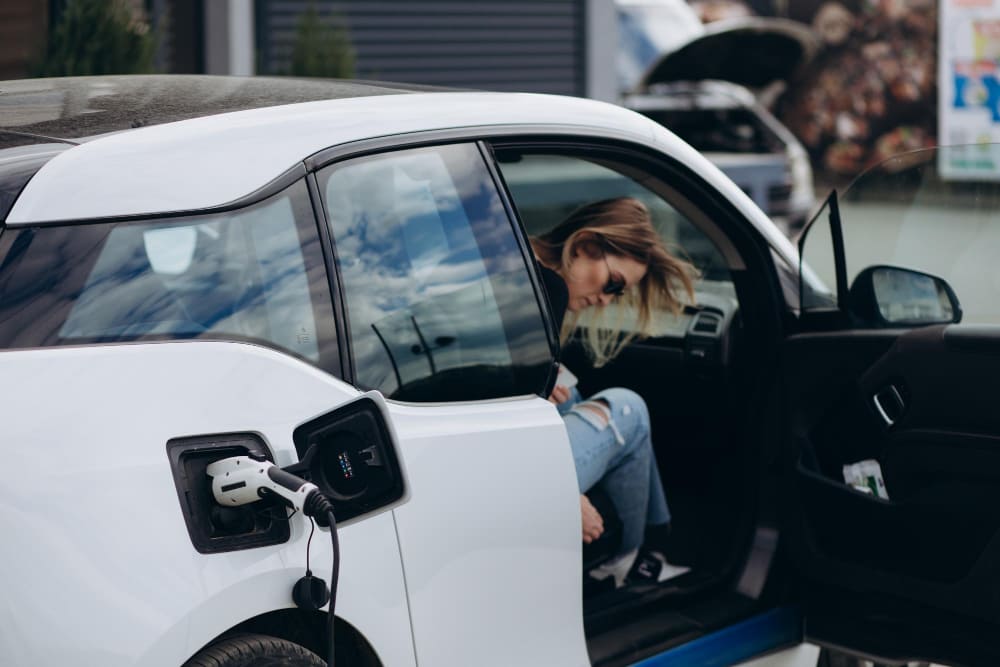
Preheating your EV in winter is important for several reasons.
First, it helps warm up the electric car battery, improving its performance and extending its range.
Secondly, preheating an electric vehicle’s cabin can make for a more comfortable journey by avoiding the feeling of cold air on passengers during harsh winter weather.
Lastly, preconditioning an EV allows you to heat up the car. At the same time, it’s still plugged in, meaning you can set the desired temperature of your vehicle before you unplug it, ensuring that you don’t have to spend additional energy while driving.
On the Road with Your EV
When you’ve done the preparation, it’s time to hit the road with confidence with your EV. Here are what you need to do during the winter road trip with your EV:
Turn on eco-driving mode

Turning on eco-driving mode in an EV during winter extends your EV’s battery range, saves energy, and reduces your carbon footprint while driving in winter.
To do this, navigate to your EV’s infotainment system’s settings or driver assistance menu. Then, locate the driving mode options and select “Eco” mode.
Once selected, your car will adjust various settings to maximize efficiency and reduce power output.
This mode can improve traction and stability by reducing power to the motor, which can be beneficial when driving on snowy or icy roads.
Drive more smoothly

The road condition during winter differs from your usual track. Thus, ensuring a safe and comfortable journey by driving more smoothly is important.
Here are some tips for driving more smoothly in winter conditions:
- Accelerate and brake gently: Sudden acceleration or braking can cause the wheels to spin or skid, especially on snow or ice. Smoothly pressing down the accelerator and brake pedals reduces the likelihood of losing traction and improves stability.
- Maintain a safe distance: Keeping a safe following distance between you and the vehicle in front of you allows for more reaction time in case of sudden stops or slippery conditions.
- Avoid sudden turns: Turning too quickly on slippery roads can cause the car to slide. Instead, turn smoothly and slowly.
- Use regenerative braking: EVs have regenerative braking systems that convert kinetic energy into electricity when you brake. This can help increase the range of your EV and is especially useful during winter when battery efficiency is reduced. However, be sure to avoid sudden or harsh braking as it may cause the wheels to lock.
Careful driving for electric cars in snow or ice

It’s important to drive carefully when driving an EV on snow or ice during a winter road trip. There are a few reasons for this.
Firstly, colder temperatures reduce EV batteries’ performance, so driving carefully helps conserve battery life. Secondly, snowy and icy conditions increase the risk of accidents due to reduced traction, but careful driving can improve stability. Thirdly, safe driving ensures passenger comfort and preserves the vehicle’s tyres and components.
So, drive carefully for a safe and efficient journey in your EV!
Frequently Asked Questions
Why does cold weather reduce electric vehicles’ efficiency?
Cold weather reduces EV efficiency due to increased battery resistance, heating demands, icy road conditions, limited regenerative braking, and energy consumption during battery preconditioning.
Can you charge an EV in the cold?
Yes, you can charge an electric vehicle (EV) in cold weather. EVs can be charged in various weather conditions, including cold temperatures. However, it’s important to note that extreme cold can affect the charging process and battery performance.
Do low temperatures impact charging speeds?
Yes, low temperatures can slow down charging speeds for EVs due to increased battery resistance. As a result, the charging process may take longer, and the charging rate may be lower than charging in optimal temperature conditions.
Conclusion
In conclusion, it’s clear that driving an EV in winter conditions requires careful consideration and preparation. While EVs may have some unique challenges in this colder weather, these can be overcome with the right mindset and approach.
By taking the abovementioned steps, you can safely and confidently drive your EV in snow and ice. And while there may be a slight adjustment period, the benefits of an electric road trip—including reduced emissions, quieter operation, and lower fuel costs—make it well worth the effort.
If you’re interested in experiencing the benefits of EVs during winter, contact us at Kilowatt Cars now! We are available for second-hand electric vehicles in Melbourne and other areas, including second-hand electric cars for sale in Albury. Happy driving!

